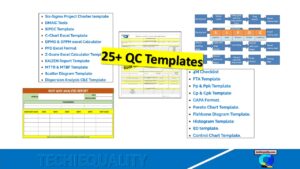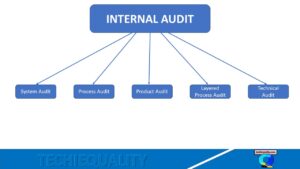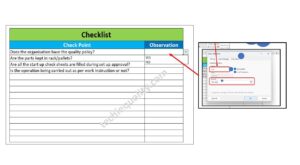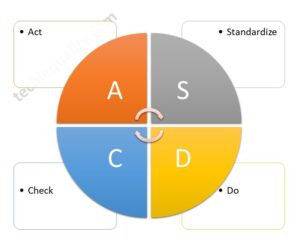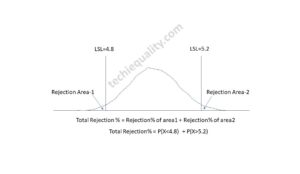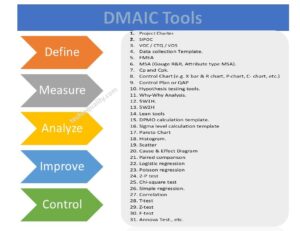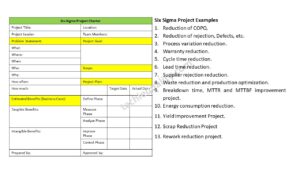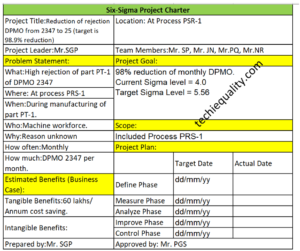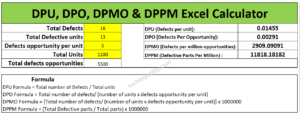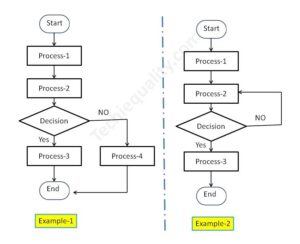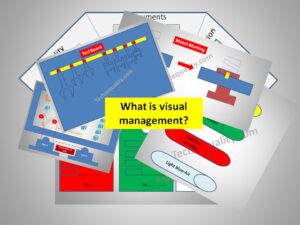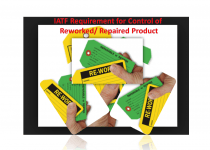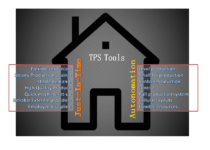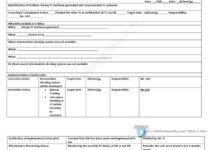Internal Audit | Types | Types of Auditors | Manufacturing Example
Last updated on October 5th, 2024 at 09:47 am
Internal Audit | Types | Types of Auditors | Manufacturing Example
Hi Readers, today we will be discussing an important topic related to Audit, i.e. Internal audit. In detail, we will cover the audit types, the outcome of the audit, the types of auditors, and its Benefits.
Types of Audits:
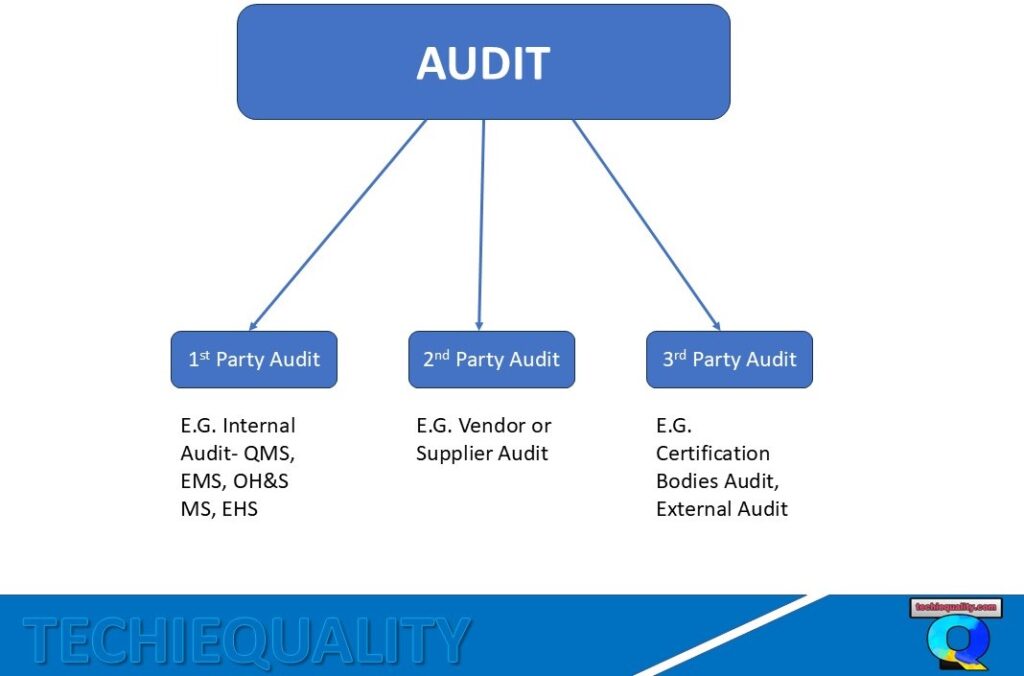
Mainly we will discuss the different types of popular audits following in manufacturing industries. In the above image, we have only mentioned the popular audit types i.e.
- 1st Party Audit
- 2nd party Audit
- 3rd Party Audit
3rd Party Audit:
It is also called External Audit. Here we will try to understand this type of audit with examples so that we can understand it better. Let’s say an organization try to certified the company with ISO 9001, for that company selects a xyx CB (certification body) to conduct the iso 9001 audit for QMS certification. The auditor who will carry out the audit are called 3rd party auditor and this audit is called 3rd party audit.
The main purpose of the audit is to provide an unbiased assessment of compliance with standards, regulations, or contractual obligations.
It is generally used for certification purposes or to satisfy regulatory requirements.
Example: An ISO 9001, 45001, 14001, IATF 16949 Certification Audit.
2nd Party Audit:
The 2nd party audit is also called as Supplier Audit or Customer Audit. Similarly, here also we will understand the concept with examples. Suppose a PQR company would like to verify that the supplier is meeting the specified customer requirements, standards and statutory requirements or not. For that the company PQR carried out the supplier audit. The auditors who had carried out the audit are called 2nd party auditor and this audit is called 2nd party audit.
The main purpose of doing the 2nd party audit is to verify the supplier adheres to the agreed-upon terms, quality standards, and compliance obligations.
Example: Supplier or Vendor or service provider audit, customer audit, etc.
1st Party Audit:
The 1st party audit is also called as Internal Audit. And the popular internal auditing is mentioned in the below picture.
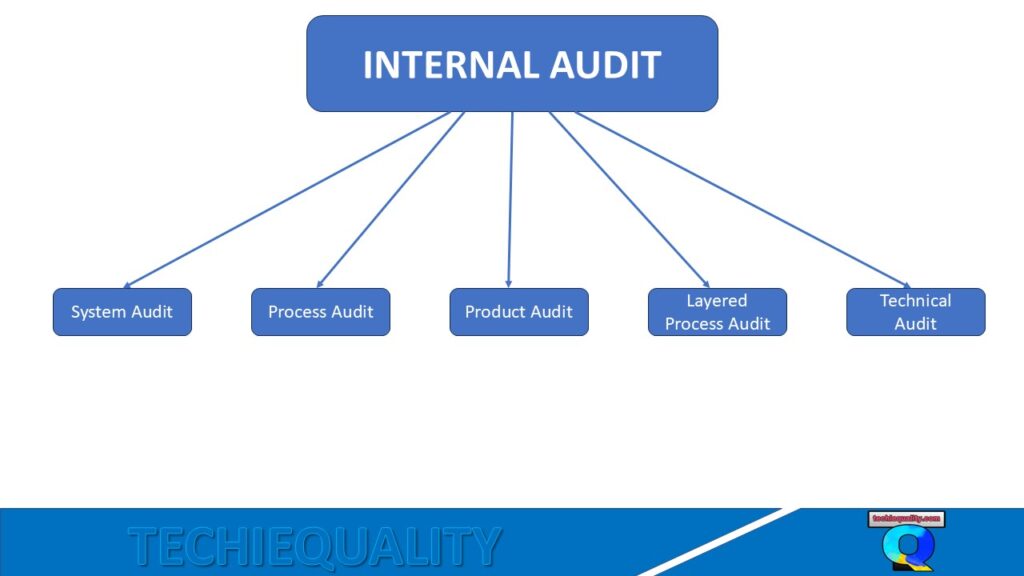
The organization itself conducts the internal audit by an internal auditor to evaluate and improve its own process, product, system and control.
Now we will understand some common terminology related to internal audit in simple ways.
Internal audit is the 1st party audit, which is carried out by organization itself with the help of certified internal auditors.
The guidelines or audit process is supposed to be prepared to refer to both auditing management systems (ISO 19011) and Standards like ISO 9001, 14001, 45001, and Customer requirements. If there is no as such customer requirement for internal audit or the company is not certified with any standard then, organization can prepare own internal audit procedure.
The below points will help you in doing the systematic internal Audit.
- Internal Auditors
- Internal Audit Procedure
- Audit Checklist / Questionnaire
- Internal Auditors Competency Matrix
- Scope of the Audit
- Audit Programme
- Audit Plan
- Audit Schedule
- Audit Result.
- Closing of Audit finding
Here we will understand one by one all the above points for systematically carrying out the internal audit
Internal Auditor:
An organization shall be followed the both standards (if org. certified with specific standards) and customer requirements of internal auditing to define auditor competency and criteria.
Example: An IATF 16949 QMS internal auditor shall have below competency as per the latest standard. The below given competency are for example only and these are not limited to. To know the details and complete competency then follow the latest version of the relevant standards.
- Understanding of the automotive process approach for auditing, including risk-based thinking
- Understanding of applicable IATF16949 requirements related to the scope of the audit, CSR & Organisation Requirements, and Core tools requirements related to the scope of the audit.
- How to plan, conduct, report & close out audit findings.
- Executing a minimum number of audits per year, as defined by the organization.
- Maintaining knowledge of relevant requirements based on internal changes & external changes.
Internal Audit Procedure:
Internal Audit procedure gives you clear-cut direction on how to carry out the audit from start to end. During the preparation of the Procedure or SOP, you have to consider all requirements defined in standard and CSR (Customer specific requirement), for example, audit frequency based on external performance, internal performance, and risk.
| Internal Audit Procedure, Edition-1, Date: |
| Scope: User: Input: Output: Resource: Audit process: … …… …… |
Audit Checklist / Questionnaire:
This is very useful and valuable tool that can helps to ensure that an audit is conducted in systematic manner. There is lot of benefits for using an audit checklist and some are mentioned below for better understanding:
- Auditors can reduce the variability and maintain uniformity in audits.
- It can help the auditors to cover all necessary aspects of the audit without missing the all-standard requirements.
- Auditors can easily identify what needs to be reviewed during the audit for specific operations or departmental audits.
- It ensures that the same criteria are applied in every audit.
- It can help you for more accurate and reliable audit results
- It can make it easier for auditors to follow a structured approach
Example: IATF 16949 Checklist sample copy
| Sl. No. | Audit Check Point | Remarks |
| 1 | Has the organization determined the interested parties that are relevant to the quality management system and their requirements? | |
| 2 | Has the organization determined the scope of the remote location? | |
| 3 | Has the organisation determined the scope of the remote location? | |
| ……. | ||
| 99 | Ensure customer complaint and field failure test analysis | |
| 100 | Ensure the continual improvement process |
Internal Auditors Competency Matrix:
It’s a very useful and helpful tools to monitor the competency of the Auditors as per standard requirements.
Example: Given below template can help you to monitor the competency of IATF 16949 QMS Auditors.
| Auditor Name | Qualification | Experience | Understanding of the automotive process approach for auditing, including risk-based thinking | Executing a minimum number of audits per year, as defined by the organisation. | Executing a minimum number of audits per year, as defined by the organization. |
| Mr. A | B.Tech | 5 years | |||
| Mr. B | B.E | 6 years | |||
| Mr. C | M.Sc | 12 years | |||
| Mr. D | Diploma | 11 years |
Scope of the Audit:
It’s generally the boundaries and extent of the audit work to be performed.
Example: Design and Manufacture of Flywheel for Industrial application.
Audit Plan/Schedule/Result:
It is the most important process of Internal Audit, The audit plan shall prepare w.r.t relevant standards and customer-specific requirement. For example, we are going to prepare the IATF 16949 standard-related internal audit plan, then you have to make the plan based on the standard requirement, e.g. audit frequency will be based on external performance, internal performance, and risk.
Audit Schedule Sample Template:
| Date | Process | Auditor Name | Auditee Name |
| yy.ff.20.. | Melting | Mr. A | Mr. C |
| pp.ff.20.. | Core shop | Mr. B | Mr. D |
| Audited Site: | Date: |
Closing of Audit Finding:
Here we will discuss mainly three types of audit findings i.e. [1] OFI, [2] Minor NC, and [3] Major NC.
You can follow the auditing management systems (ISO 19011) to define the audit findings criteria.
An organization can define the criteria for Minor NC and Major NC, for example, failure to meet the requirement of clause of IATF16949 is defined as Minor NC. More than two minor NC in the same process or/and total failure of the system to meet the requirement of IATF 16949 is defined as Major NC. This is the one of the example, in this way, an organization can determine the criteria of Major and minor NC. Similarly, we have to define the NC closing time period. And We should adhere the time period to close the NC.
Thanks for Reading… Keep visiting TECHIEQUALITY.
